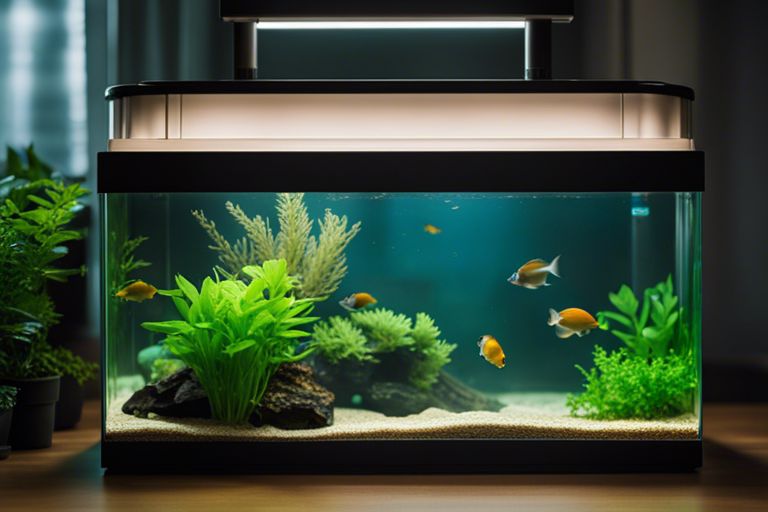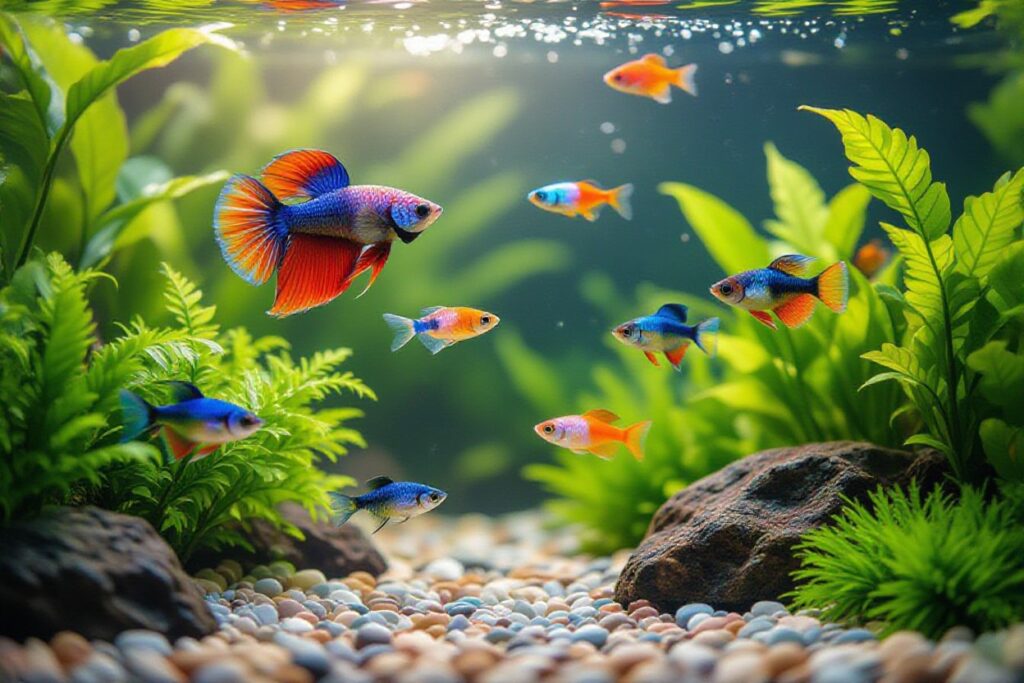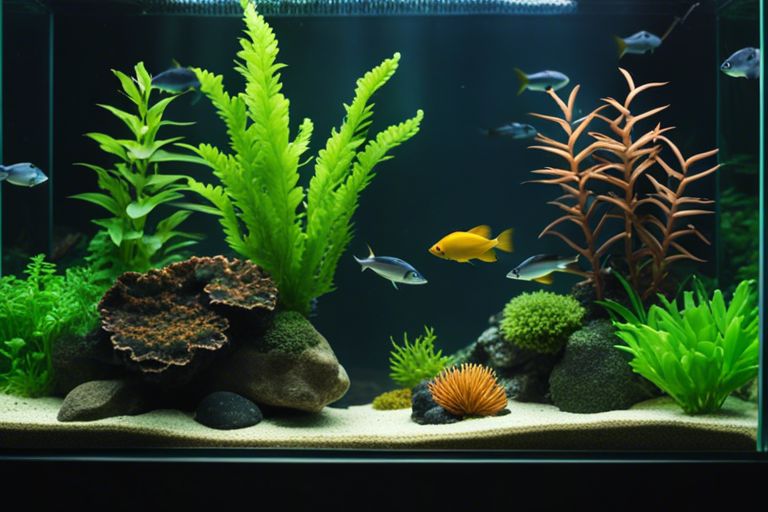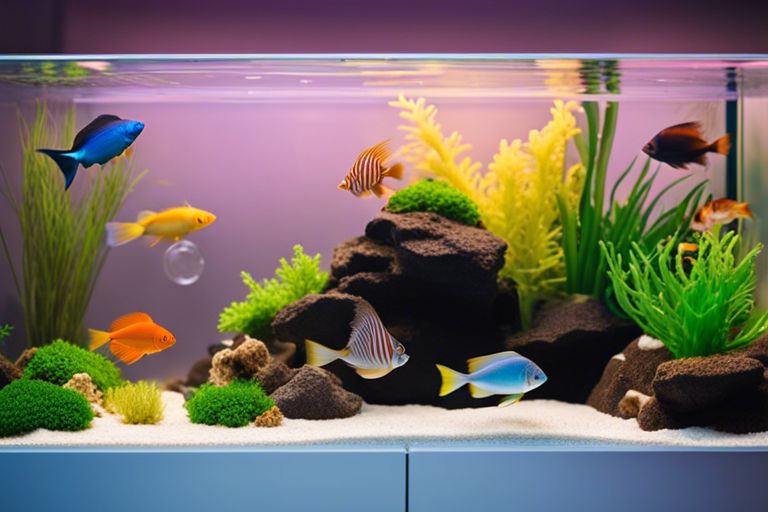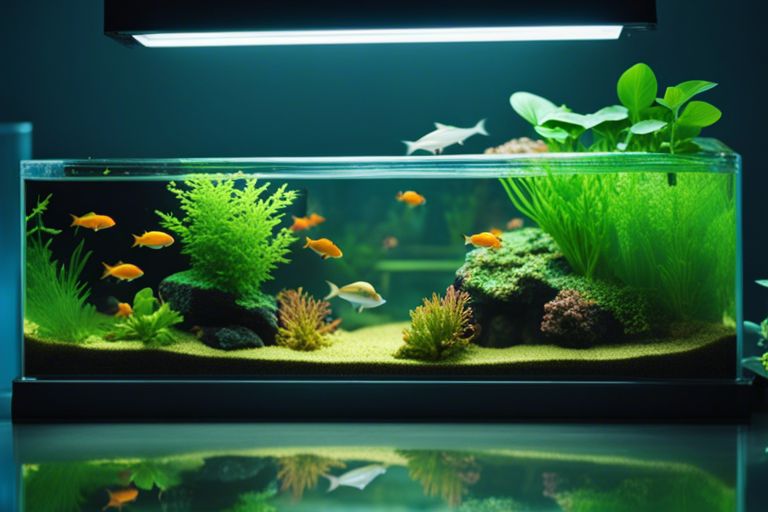It’s crucial for fish enthusiasts to prioritize proper quarantine practices when introducing new additions to their aquarium. By taking the necessary precautions, such as isolating new fish in a separate tank for a period of time, hobbyists can significantly reduce the risk of disease spreading throughout their aquatic ecosystem. In this blog post, we will discuss the best practices for effectively quarantining new fish, including the importance of observation, water quality maintenance, and treatment protocols to ensure the health and well-being of all inhabitants in the long run.
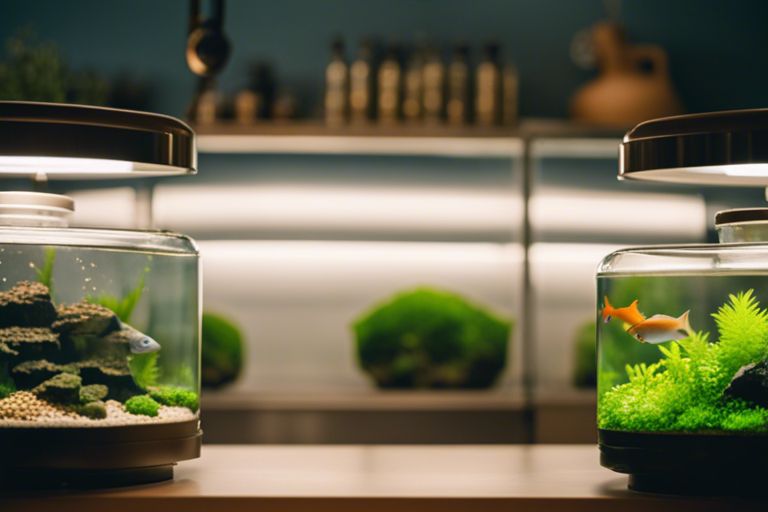
Setting Up a Quarantine Tank
Choosing the Right Tank
Quarantine tank selection is crucial when it comes to preventing disease in your new fish. Opt for a tank that is separate from your main display tank, preferably a smaller tank of at least 10-20 gallons. This allows for easy monitoring and treatment of any sick fish without risking the health of your established aquatic community.
Essential Equipment and Conditions
Right equipment and conditions are vital for the success of your quarantine tank. A quality filter, heater, and aeration system are imperative to maintain water quality and provide a stress-free environment for your new fish. Adequate water parameters such as temperature, pH, and ammonia levels should be regularly monitored and adjusted if needed to ensure the health of your quarantined fish.
Choosing a bare-bottom tank for your quarantine setup can make cleaning and observation easier. Keep the tank simple with minimal decorations and hiding spots to reduce the risk of missed symptoms and facilitate thorough observation of your new fish.

Quarantine Process
Acclimation of New Fish
Any new fish introduced to your aquarium should undergo a thorough acclimation process to reduce stress and ensure a smooth transition. This involves slowly acclimating the fish to the water parameters in your tank by floating the bag in the aquarium and gradually adding small amounts of tank water to the bag over a period of time.
Monitoring and Maintaining Quarantine Conditions
Conditions in the quarantine tank must be closely monitored and maintained to provide a stable and stress-free environment for the new fish. Regularly test water parameters such as ammonia, nitrite, and nitrate levels to ensure they remain within acceptable ranges. Perform water changes as needed and ensure the tank is properly cycled to support the health of the fish.
With proper monitoring and maintenance of quarantine conditions, you can greatly reduce the risk of introducing disease or parasites to your main aquarium. Be diligent in observing the behavior and appearance of the new fish during this period to catch any signs of illness early and take appropriate action.

Treating Common Diseases and Parasites
Identification of Symptoms
Many common diseases and parasites can affect new fish in your aquarium. One of the first steps in addressing these issues is to accurately identify the symptoms displayed by the fish. Symptoms may include lethargy, loss of appetite, abnormal swimming behavior, visible spots or discoloration on the body, and excessive mucus production. It is crucial to observe the fish closely and note any changes in their behavior or physical appearance.
Medication and Treatment Protocols
One of the key aspects of treating common diseases and parasites in new fish is to have a clear understanding of the medication and treatment protocols available. Treatment may involve using medications such as antimicrobial agents, antiparasitic drugs, or fungal treatments. It is important to follow the recommended dosage and duration of treatment as indicated by the product instructions or an experienced aquatic veterinarian. Additionally, quarantining the affected fish can help prevent the spread of disease to other tank inhabitants.
Preventive Measures and Best Practices
Regular Maintenance and Observation
All new fish introduced to a quarantine tank should undergo a thorough observation period. It is crucial to monitor their behavior, appetite, and overall health daily. Regular water changes and testing for ammonia, nitrite, and nitrate levels are necessary to maintain water quality. By closely observing your new fish, you can quickly identify any signs of stress or disease, allowing for prompt treatment and preventing potential outbreaks in the main tank.
Strategies for Introducing Quarantined Fish to the Main Tank
Measures should be taken to ensure a smooth transition for quarantined fish into the main tank to minimize stress and reduce the risk of spreading disease. Before moving them, acclimate the fish slowly to the main tank’s water parameters by gradually adding small amounts of water from the main tank into the quarantine tank. This gradual process helps the fish adjust to the new environment without experiencing shock.
Quarantined fish should be introduced to the main tank only after completing the full quarantine period, typically 2-4 weeks. It is crucial to observe the quarantined fish for any signs of illness during this time and treat them accordingly. Before transferring them, ensure that the main tank is free of any ongoing disease outbreaks and that water parameters are stable. Introducing healthy fish back into the main tank will help maintain the overall health of your aquarium ecosystem.
Conclusion
As a reminder, following best practices for quarantining new fish is crucial in preventing disease outbreaks in your aquarium. By establishing a quarantine tank, acclimating new fish properly, observing them closely for signs of illness, and treating any issues promptly, you can ensure the health and safety of your existing fish population. Implementing these measures not only protects your aquatic pets but also maintains the overall ecosystem balance of your tank. Note, prevention is key when it comes to keeping your aquarium thriving.
FAQ
Q: Why is quarantining new fish important?
A: Quarantining new fish is important to prevent the introduction of diseases and parasites into an established aquarium ecosystem.
Q: How long should I quarantine new fish?
A: It is recommended to quarantine new fish for a minimum of 2-4 weeks to observe for any signs of illness before introducing them to your main tank.
Q: What should I look for during the quarantine period?
A: During the quarantine period, monitor the new fish for any signs of abnormal behavior, such as lethargy, loss of appetite, abnormal swimming patterns, or physical symptoms like spots or discoloration.
Q: What equipment do I need for a quarantine tank?
A: You will need a separate quarantine tank, a filter, a heater, a thermometer, and an air stone for aeration in the quarantine tank.
Q: How should I acclimate new fish to the quarantine tank?
A: Float the sealed bag containing the new fish in the quarantine tank for 15-20 minutes to allow the water temperature to equalize. Then, slowly add small amounts of water from the quarantine tank into the bag over the next 30 minutes before releasing the fish.
Q: Should I treat new fish with medications during quarantine?
A: It is not advisable to treat new fish with medications unless you observe symptoms of illness. Using medications unnecessarily can stress the fish and harm the beneficial bacteria in the quarantine tank.
Q: How can I prevent the spread of disease from new fish to existing tank mates?
A: Avoid sharing equipment between the quarantine tank and the main tank, such as nets or siphons. Additionally, wash your hands thoroughly after handling new fish or working in the quarantine tank to prevent cross-contamination.
